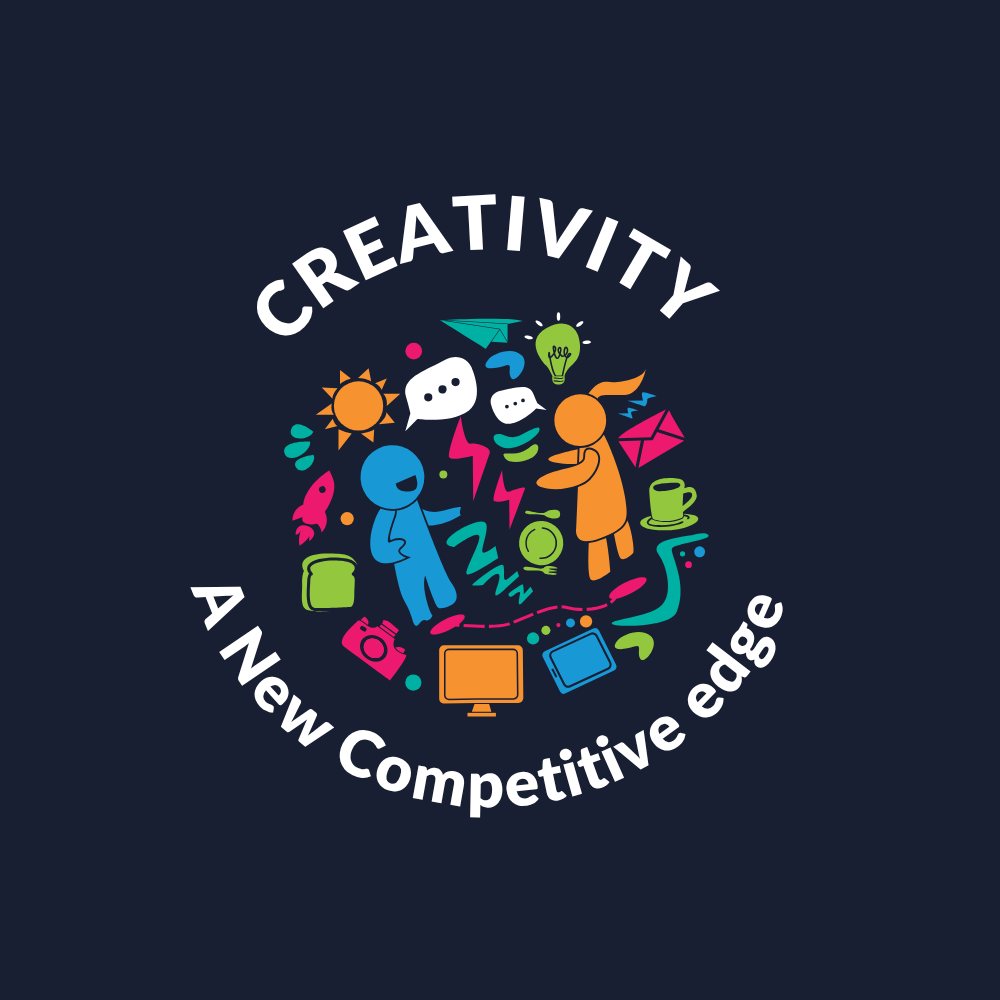How Creative Rest Became the New Competitive Edge
Introduction
In a culture of nonstop hustling, "creative rest" has started to become the new productivity hack. It's not about doing nothing - it's about refueling your mind in ways that spark clarity and creativity. More and more people are discovering that burnout destroys innovation faster than anything else, even failure. Creative rest is now the secret weapon for anyone looking to think more deeply, perform better, and remain inspired longer.

The Fallacy of Endless Creativity
For years, we have accepted that creativity flourishes under pressure: late nights, infinite brainstorming, relentless deadlines. The reality is that creativity is not endless, it is a well that runs dry if we do not rest. Creation without reflection becomes predictable, both in terms of ideas and emotional elasticity. The most creative thinkers know that the flash of brilliance comes (after) the break, not at the edge of the grind. The ability to be creative needs room for mental whitespace where ideas can come together and breathe. Interestingly, when we are removed from the noise, even simple activities like walking quietly or looking out the window have served to reacclimatize our creative rhythm. The myth of “always on” creativity is rapidly evaporating. The new creative elite understands that rest is not the opposite of work, but rather part of creative work.
Rethinking Rest: It’s Not Lazy, It’s Strategic
Rest has historically been considered weakness, only for the lazy. All creator archetypes today are refuting that notion. They’re learning that purposeful rest isn’t a privilege, but is actually mental practice. It might seem odd, but in the act of disconnecting, you’re able to let your body have an organic, unplanned process—while simultaneously allowing your brain to conceptualize ideas subconsciously, in the background. The reason the shower or the slow burn of coffee are scintillating times is simply “rest.” Rest provides time away from your work so that you can flex those problem-solving muscles better than being perpetually focused. Consider rest creative cross-training practice, if you will, where “rest” is actually the mental version of recovery training that athletes utilize.
Even the smartest professionals now schedule their downtime as strategically as meetings or deadlines. Because when you let your mind rest, it will reward you with clearer ideas, increased focus, and original thoughts. Hence, rest isn’t about less—it’s about more.

Micro-Moments of Creative Recovery
Creative recovery need not imply an entire week away or by the beach, as a digital detox is markedly different from a general breakdown. Creative recovery can begin to take form through micro-moments — little pauses to allow the brain to reset and refresh throughout the day. Spend five minutes stretching, breathing deeply while leaning against the window, or even doodling during a T-Pain song, and you just might reconnect with your focus and even initiate the unexpected. These everyday little breaks break up brain fatigue before it gathers into burnout. Neuroscience has verified this. The brain’s default mode network (aka the DMN), the part of the brain involved in creativity, activates whenever you rest or daydream. So, when you break away from your computer, you are actually not disengaging from creativity, rather you are engaging your brain for a different insight. The idea and practice is to put rest into the daily rhythm, rather than allow exhaustion to take over. Micro-breaks create micro-renewals, and in the long run, this allows for creative energy to be sustainable and sharp.
Rest as a Signal of Success
In the past, being busy in the workplace was synonymous with success – now, it may be viewed with a keen eye. Greater success is now found as a result of managing your time, and rest is quickly securing the position of top power play. Leaders, founders and creators are now wearing their rest like a crown to support excellence, rather than find it. Taking time for rest can symbolize confidence and thinking long-term; it signfies you value your own brain enough to unplug! Companies are already embodying and incorporating rest into their own corporate identity with flexible hours, creative sabbaticals, and recharge days. Rest shifts the conversation from ‘How much can you do?’ to ‘How well can you think?’ In the modern era, rest is not only restorative time but also an indication of emotional intelligence and self-leadership. Better rest = better leadership.
Conclusion
Creative rest is not indicative of withdrawing from ambition, but rather a means of preserving it. The emphasis on your energy is an emphasis on protecting your originality. The future belongs to those who know when to hit the emergency pause, when to sit and reflect, and when to replenish. The competitive advantage in a world captivated by doing more, will rest with those who know how to rest, creatively.
